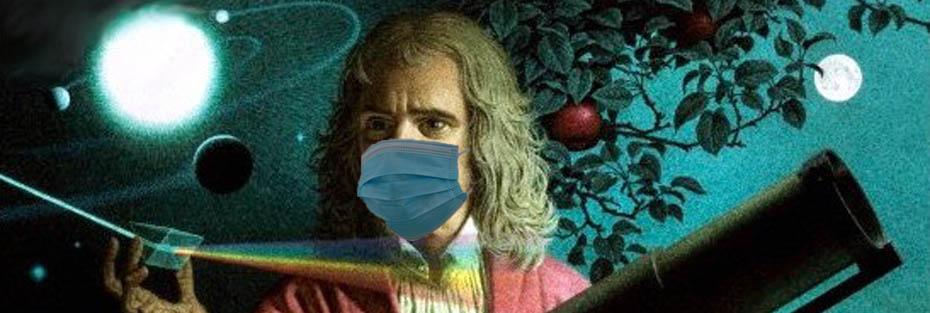Speaker
Description
Thanks to the recent CLASH and Frontier Fields programs of the Hubble Space Telescope, it has been possible to identify an unprecedented number of strong lensing features (multiple images and gravitational arcs) in the fields of several galaxy clusters.
We used these features in combination with MUSE spectroscopic observations to recover the mass distribution in the cluster cores. The mass models show that the cross-section for galaxy-galaxy strong lensing in these clusters is large. This is confirmed by the detection of several lensing events where the lens is a cluster member. With the aid of numerical simulations, we compare these observations to theoretical expectations in the framework of the LCDM model.
We show that clusters obtained from state-of-the-art N-body and hydrodynamical simulations have cross-sections for galaxy-galaxy strong lensing ~10 times smaller than measured in observations. At given mass, observed subhalos are stronger lenses because they are more compact than their simulated analogs. They also tend to be more concentrated towards the center of the cluster.
We suggest that hitherto undiagnosed systematic issues with simulations or incorrect assumptions about the properties of dark matter could explain our results.

